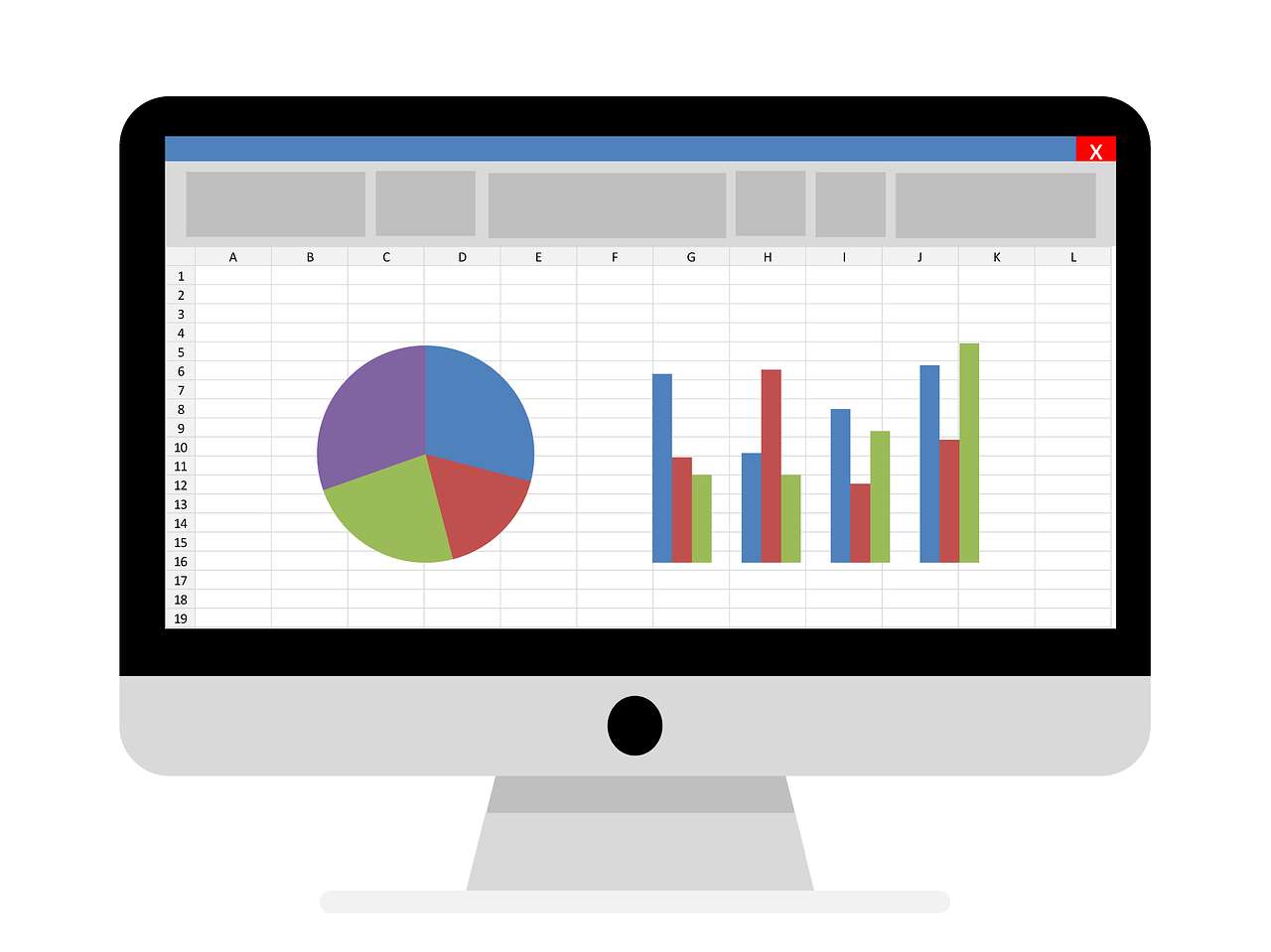Chapters
Apache Flume Tutorial: An Introduction to Log Collection and Aggregation

Overview
Apache Flume is a powerful tool for collecting, aggregating, and moving large amounts of log data from different sources into a centralized location. In this tutorial, we'll introduce you to the basics of Apache Flume and show you how to use it to collect and aggregate data from various sources, including web servers, applications, and network devices. We'll cover topics such as Flume architecture, data sources and sinks, channels and sinks, and advanced configurations. By the end of this tutorial, you'll have a solid understanding of how Apache Flume works and how it can help you manage your log data more efficiently. Whether you're a system administrator, a developer, or a data scientist, this tutorial is for you. So if you're ready to learn more about Apache Flume and take your log collection and aggregation skills to the next level, read on! Frequently Asked Questions What is Apache Flume? Apache Flume is a distributed, reliable, and available system for efficiently collecting, aggregating, and moving large amounts of log data from different sources into a centralized location. What are some use cases for Apache Flume? Apache Flume is commonly used for log collection and aggregation from various sources, including web servers, applications, and network devices. It can also be used for data ingestion, streaming data processing, and real-time analytics. What is a Flume agent? A Flume agent is a unit of data flow in Apache Flume that is responsible for collecting, aggregating, and transporting data from a source to a destination. A Flume agent consists of three main components: source, channel, and sink. What are some advanced configurations in Apache Flume? Some advanced configurations in Apache Flume include configuring multiple channels and sinks, using custom interceptors to modify events, and configuring failover mechanisms for high availability.
Start TutorialTutorials are for educational purposes only, with no guarantees of comprehensiveness or error-free content; TuteeHUB disclaims liability for outcomes from reliance on the materials, recommending verification with official sources for critical applications.
sk 10 months ago
Great contentKanitz 1 year ago
@@7j6noYaspal Chaudhary 1 year ago
Good ContentGaurav 2 years ago
@@iiMjZSimilar Tutorials

Advanced Excel Charts Tutorial: How to Create Prof...
Learn how to create professional charts in Excel with our advanced Excel charts tutorial. We'll show...

Advanced Excel Functions: Tips and Tricks for Boos...
Are you tired of spending hours working on Excel spreadsheets, only to find yourself stuck on a prob...

Apache Flume Tutorial: An Introduction to Log Coll...
Apache Flume is a powerful tool for collecting, aggregating, and moving large amounts of log data fr...
Explore Other Libraries
Related Searches
Please allow ads on our site
Kindly log in to use this feature. We’ll take you to the login page automatically.
Login
Join Our Community Today
Ready to take your education and career to the next level? Register today and join our growing community of learners and professionals.

Your experience on this site will be improved by allowing cookies. Read Cookie Policy
Your experience on this site will be improved by allowing cookies. Read Cookie Policy


Comments(4)